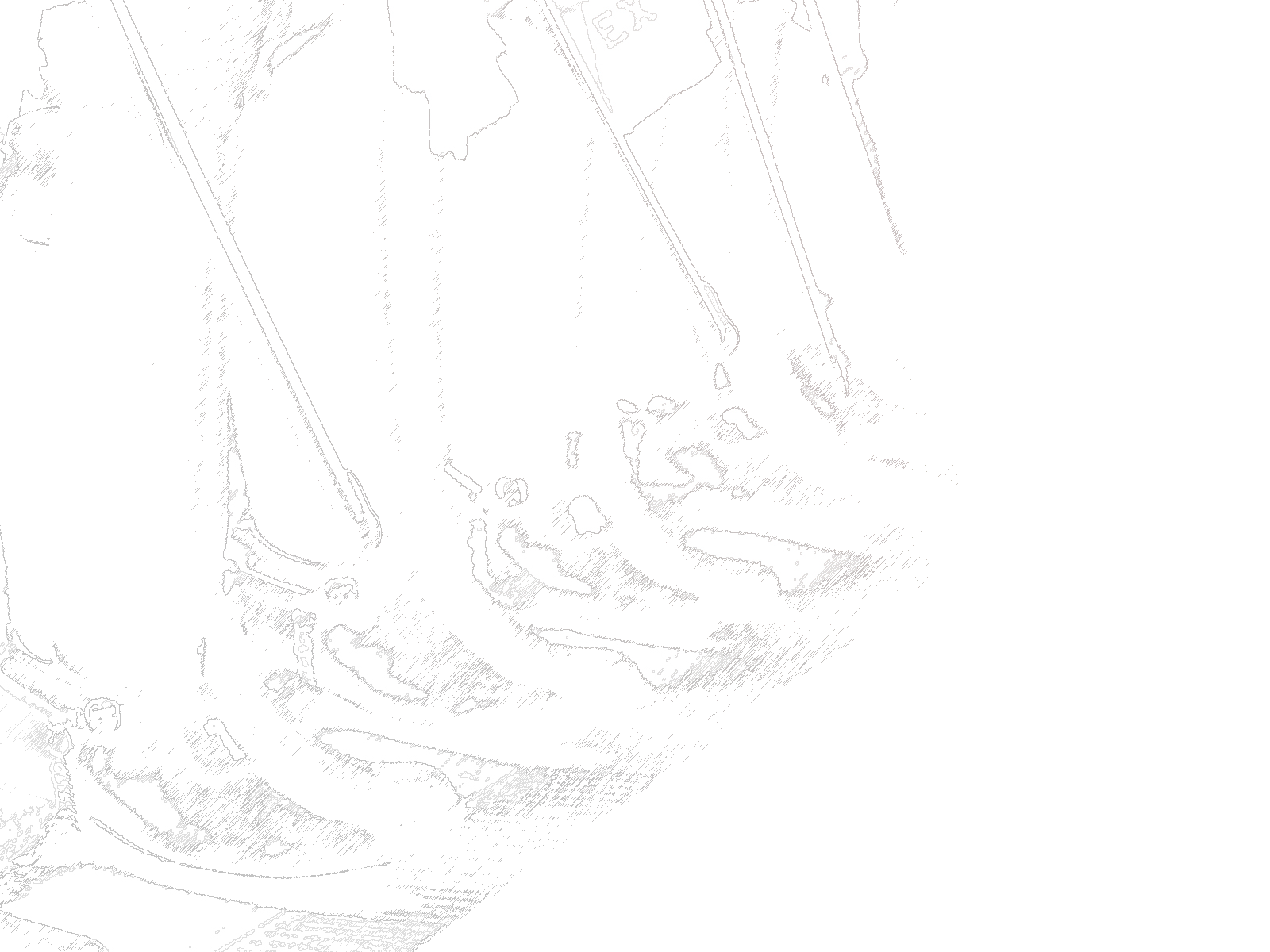Airlines continue to feel the pressure of rising costs and a fickle consumer. There are two interesting moves in the news. The first is Southwest:
Earlier Thursday, Southwest announced that it will do away with its open seating plan and offer some seats on its Boeing aircraft that have extra legroom and add overnight flights, the biggest changes to its business model in its more than five decades of flying. The changes, which start next year, would make Southwest more like its network carrier rivals.
Open seating is a key differentiator and facilitates their boarding methodology too. They are abandoning this differentiator so that they can upsell better seating like other airlines do. Personally, I dislike open seating, but I know a lot of loyal Southwest fliers who swear by it. Will it work for Southwest or will they be just another airline? Time will tell.
Then there is American Airlines:
“We’ve used a lot of sticks. We’ve got to put some more carrots in place and make sure that our product is available wherever customers want to buy it,” Isom said at the Bernstein Strategic Decisions conference on Wednesday.
American in February said it would limit some travel agency bookings from being eligible to earn AAdvantage frequent flyer miles. Isom said Wednesday that the airline would reverse that decision.
“That’s off,” Isom said. “We’re not doing that because it would create confusion and disruption for our end customer.”
After terrible earnings, American is backing off on a sales strategy to cut out travel agents and aggregator booking sites. The strategy pushed a lot of potential customers away who buy through those channels.
Personally, I am a Delta flier and most familiar with them. I’ve been a perennial platinum, occasionally diamond, flier for 20 years. The changes that Delta has made in recent years is making me fly with them less. The benefits for being a frequent flier are less attractive and harder to get. Meanwhile, their ticket prices are often higher. This has me shopping flights instead of just going with Delta. I know a number of other Delta fliers who are doing the same. If the experience is the same as any other airline, then why bother being loyal?
I don’t know what the answer is for airlines. They seem to have figured out the capacity/demand issue. I rarely see an empty plane anymore. The availability and quality of remote meeting technology has raised the bar for when business travel is necessary. Leisure travelers are very cost conscious. I expect that the only solution is further consolidation of the airline market and further erosion of routes until they reach reliable profitability. The result will be fewer flight options for consumers and an even worse travel experience.
